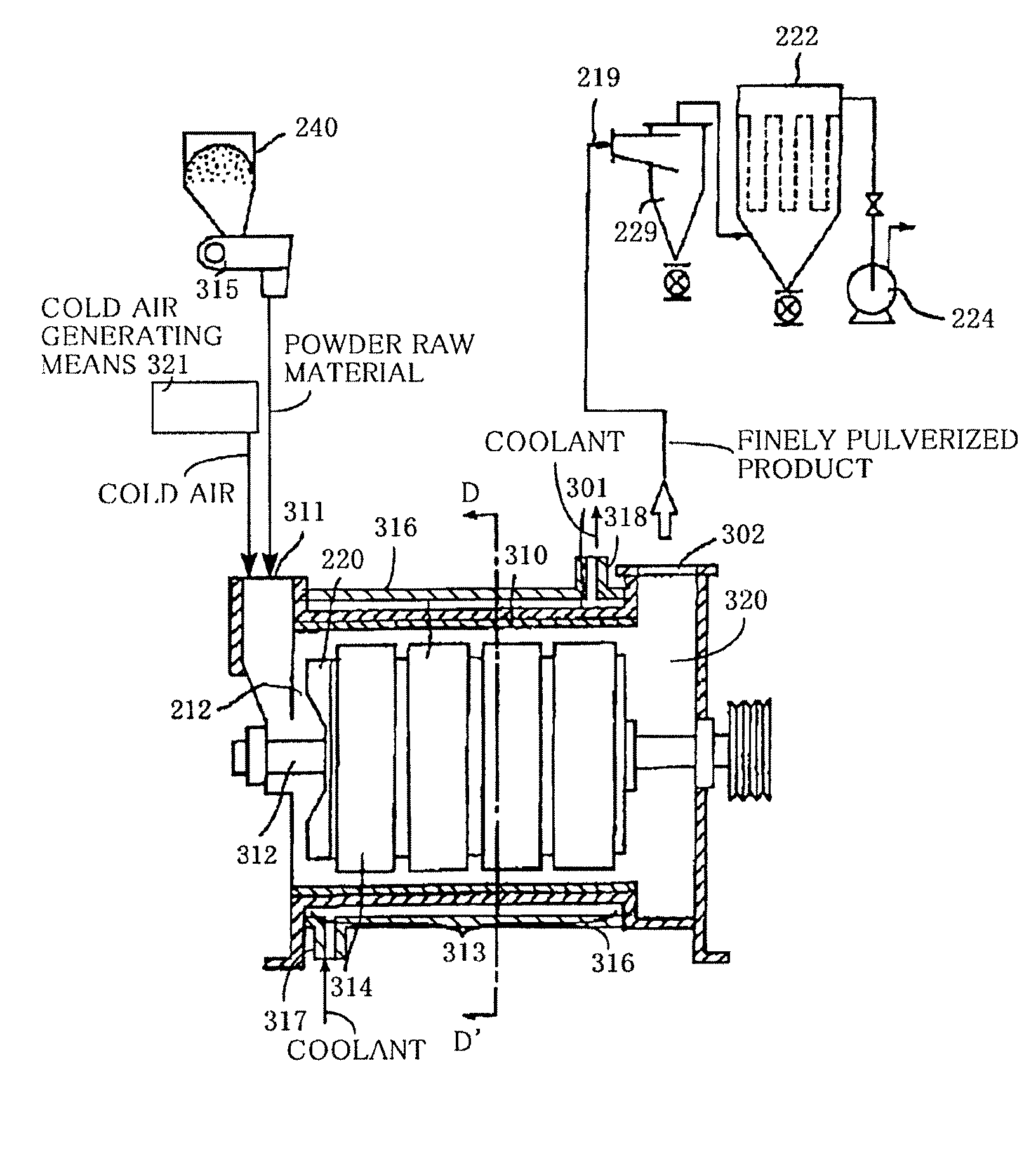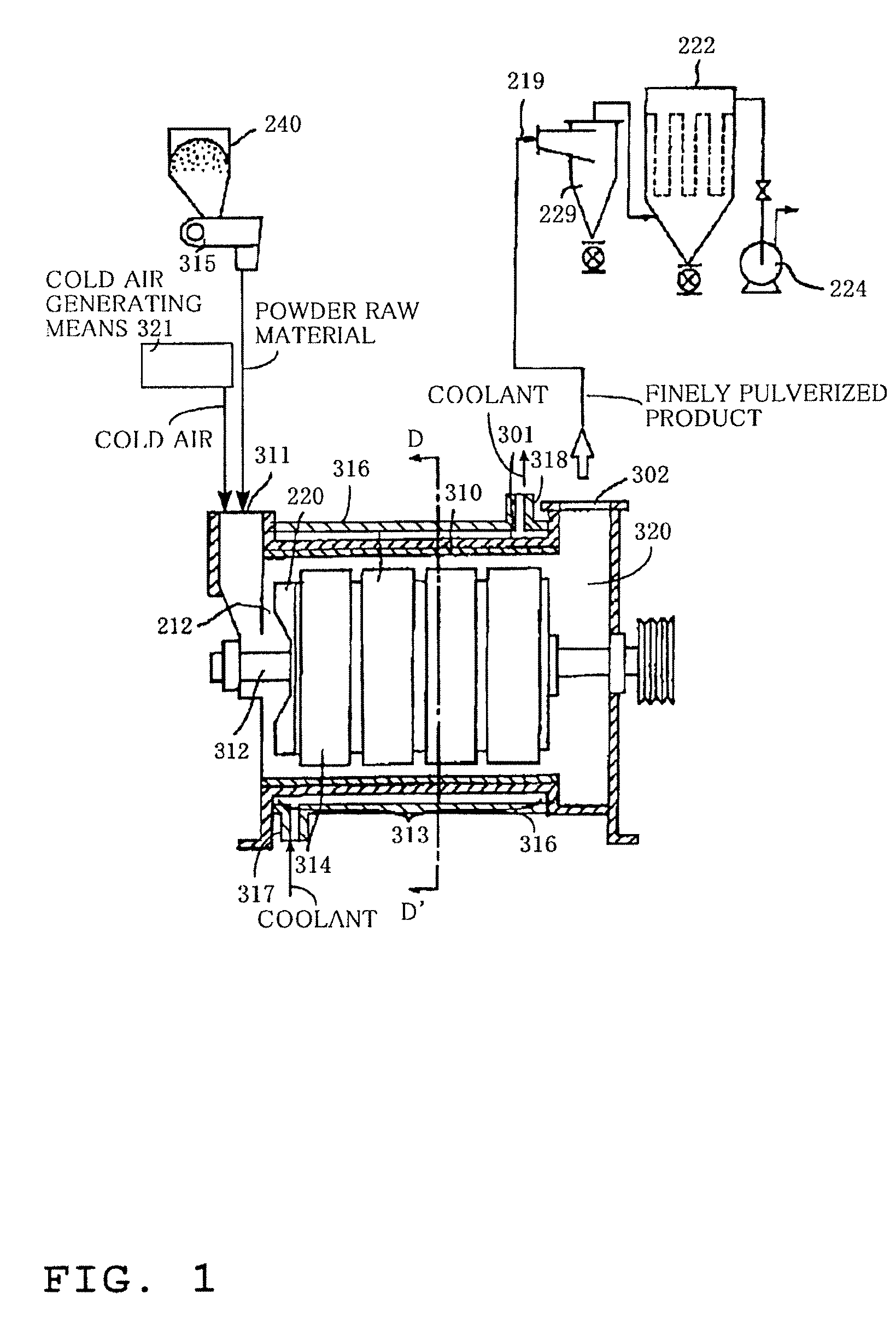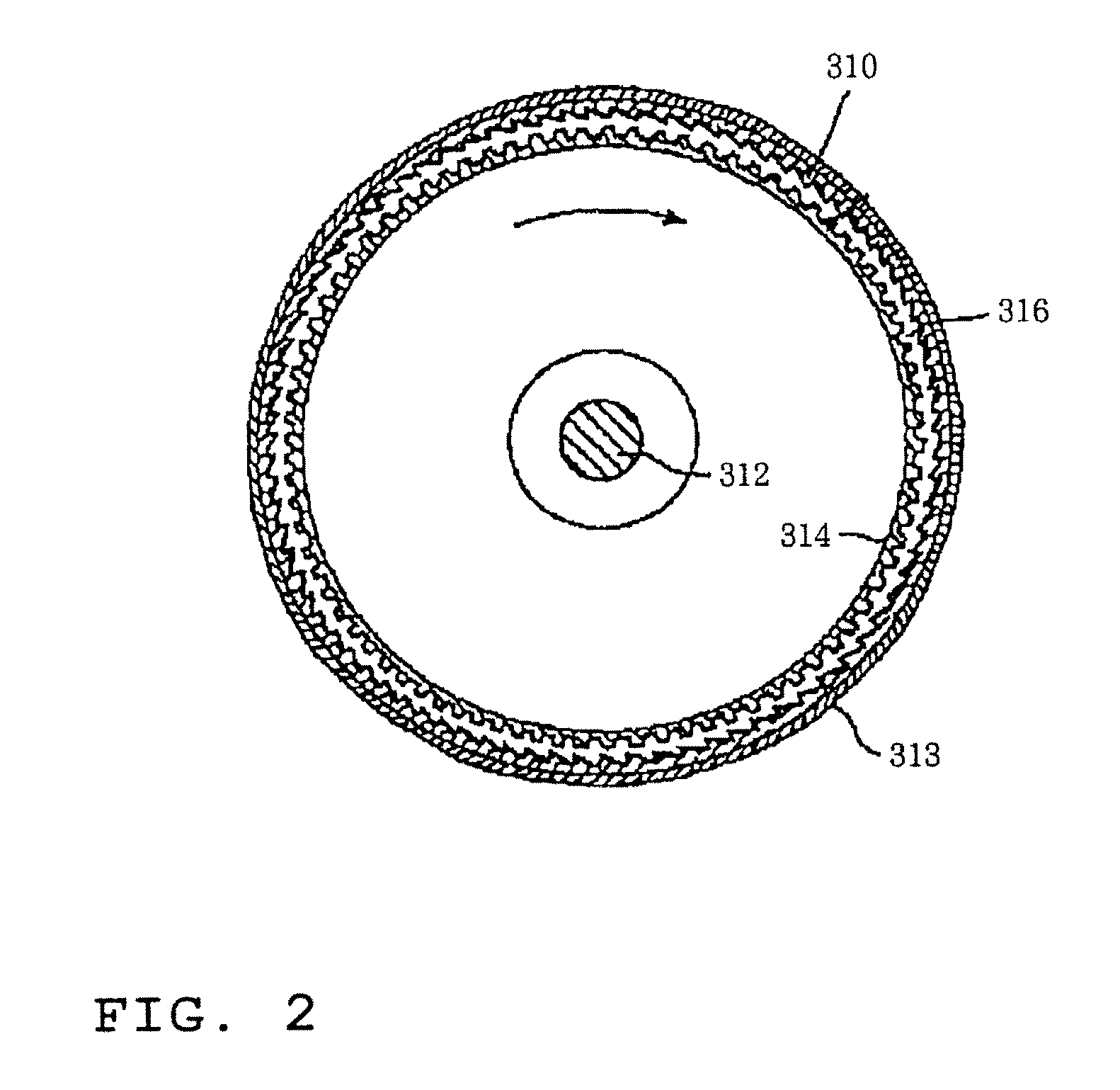Developer and image forming method
a technology of developer and image, applied in the field of developer and image forming method, can solve the problems of deterioration of developer, difficult to form uniform thin layer of toner, and reduction of image quality and density, and achieve the effect of stably obtained
- Summary
- Abstract
- Description
- Claims
- Application Information
AI Technical Summary
Benefits of technology
Problems solved by technology
Method used
Image
Examples
production example 1
Resin Production Example 1
Hybrid Resin
[0313]
(1) Production of polyester resinTerephthalic acid:6.2 molDodecenylsuccinic anhydride:3.7 molTrimellitic anhydride:3.3 molPO-BPA:7.4 molEO-BPA:3.0 mol
[0314]The above polyester monomers were loaded into an autoclave together with 0.10 part by mass of dibutyltin oxide as an esterification catalyst. A decompression device, a water separation device, a nitrogen gas introducing device, a temperature measuring device, and a stirring device were attached to the autoclave, and the mixture was subjected to a condensation polymerization reaction while being heated to 215° C. under a nitrogen gas atmosphere, whereby a polyester resin was obtained. The polyester resin had an acid value of 29.0 mgKOH / g, a Tg of 60° C., a peak molecular weight of 7,200, a weigh average molecular weight (Mw) of 25,000, and an Mw / Mn of 3.3.
[0315](2) Production of Hybrid Resin Component
[0316]80 parts by mass of the above polyester resin were dissolved and swollen in 100 pa...
production example 2
Resin Production Example 2
Polyester Resin
[0318]
Terephthalic acid:10 mol %Fumaric acid:25 mol %Trimellitic anhydride: 5 mol %PO-BPO:35 mol %EO-BPA:25 mol %
[0319]The above polyester monomers were loaded into an autoclave together with 0.10 part by mass of dibutyltin oxide as an esterification catalyst. A decompression device, a water separation device, a nitrogen gas introducing device, a temperature measuring device, and a stirring device were attached to the autoclave, and the mixture was subjected to a condensation polymerization reaction while being heated to 210° C. under a nitrogen gas atmosphere, whereby First Polyester Resin A was obtained.
[0320]The obtained First Polyester Resin A had an acid value of 27 mgKOH / g, a hydroxyl value of 42 mgKOH / g, a Tg of 58° C., an Mn of 3,000, an Mw of 11,000, and contained 0 mass % of THF insoluble matter.
[0321]Next, the following materials were similarly subjected to a condensation polymerization reaction:
[0322]
Fumaric acid33 mol %Trimelliti...
production example 3
Resin Production Example 3
[0327]
Styrene70 parts by massn-butyl acrylate25 parts by massMonobutyl maleate 6 parts by massDi-t-butyl peroxide1 part by mass
[0328]200 parts by mass of xylene were loaded into a four-necked flask, and the air inside the container was sufficiently replaced with nitrogen while xylene was stirred. After the temperature of the flask had been increased to 130° C., the above respective components were dropped over 3.5 hours. Further, polymerization was completed under xylene reflux, and the solvent was removed by distillation under reduced pressure, whereby a styrene-acrylic resin was obtained.
[0329]The resultant styrene-acrylic resin had an acid value of 27 mgKOH / g, a Tg of 59° C., a peak molecular weight of 14,000, a weigh average molecular weight (Mw) of 78,000, and an Mw / Mn of 12.0.
Developer Production Example 1
[0330]
Hybrid resin described above100parts by massLow-molecular-weight polyethylene7parts by mass(Melting point 98.6° C., numbe...
PUM
| Property | Measurement | Unit |
|---|---|---|
| 2θ±0 | aaaaa | aaaaa |
| 2θ±0 | aaaaa | aaaaa |
| 2θ±0 | aaaaa | aaaaa |
Abstract
Description
Claims
Application Information
 Login to View More
Login to View More - R&D
- Intellectual Property
- Life Sciences
- Materials
- Tech Scout
- Unparalleled Data Quality
- Higher Quality Content
- 60% Fewer Hallucinations
Browse by: Latest US Patents, China's latest patents, Technical Efficacy Thesaurus, Application Domain, Technology Topic, Popular Technical Reports.
© 2025 PatSnap. All rights reserved.Legal|Privacy policy|Modern Slavery Act Transparency Statement|Sitemap|About US| Contact US: help@patsnap.com



